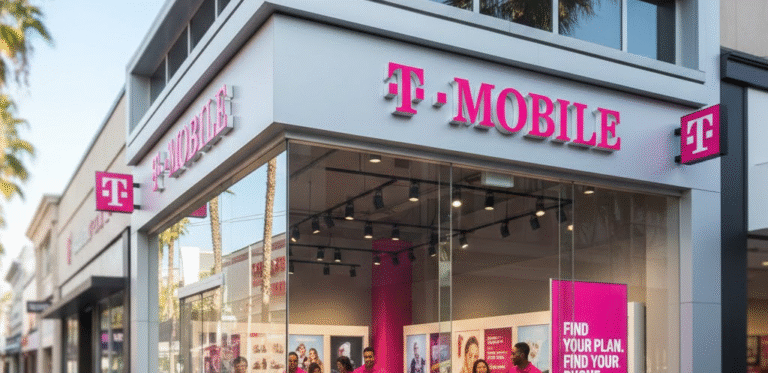
Retail has undergone a transformation. Modern consumers experience shopping between online and physical stores with QR codes serving as the unifying element between these two shopping methods. Modern consumers receive seamless connected shopping experiences from retailers through their implementation of QR codes.
From Shelf to Screen in Seconds
The modern shopper depends less on product tags and staff assistance to get information. Customers who scan the QR code near products gain instant access to reviews along with how-to videos and product specifications.
- Access reviews, how-to videos, and product specs
- See colour or size variations not available in-store
The combination of in-store browsing with digital shopping benefits creates an improved customer experience. Retail TouchPoints reports that QR codes actively drive customer engagement which leads to purchase decisions throughout all retail markets.
Turning Passive Shoppers into Engaged Buyers
Retailers employ QR codes to link customers directly to their loyalty programs as well as in-store promotions and app download opportunities. The process is fast and simple and removes all obstacles because users do not need to type or search.
The placement of QR codes on receipts and packaging and signage helps customers make repeat purchases and register products and discover additional selling opportunities.
Bridging the Experience Gap
Retailers who want to merge their physical stores with digital platforms achieve success through their implementation of QR codes.
- Showrooming becomes more engaging with digital extensions
- Online-only discounts can be accessed in store
- Shoppers can order out-of-stock items directly from their phones
Retailers who integrate this technology with fast and reliable scanners from ScanAvenger establish themselves for delivering swift accurate services that enhance customer satisfaction.
Retail Isn’t Just Physical or Digital—It’s Both
QR codes enable stores to develop hybrid shopping experiences which align with present-day consumer shopping behavior. The goal is to improve in-store experiences by adding information and ease alongside interactive features rather than eliminating physical visits.


